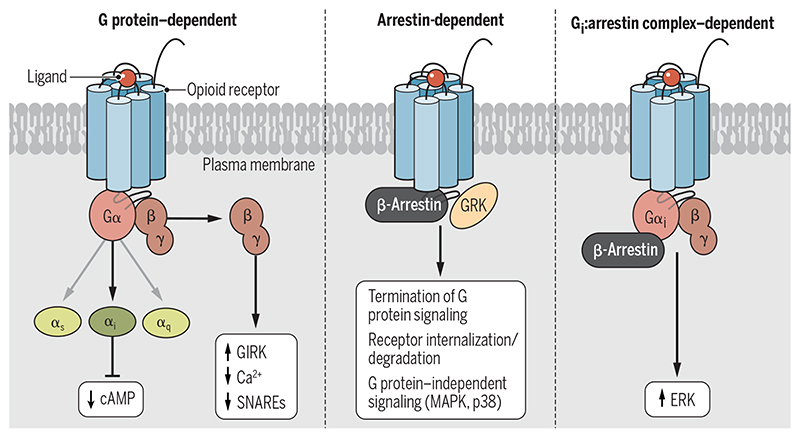Fig. 1. Signaling and regulatory paradigms of opioid receptors.
(Left) Agonist stimulation leads to the coupling of opioid receptors to heterotrimeric G proteins, resulting in a reduction in cAMP abundance, a decreased Ca2+ response, and the activation of GIRK channels. (Middle) Subsequently, the receptor is phosphorylated by GRKs, which results in β-arrestin recruitment, receptor desensitization, and internalization. β-Arrestins also mediate the activation of various signaling pathways, including those of the MAPKs, ERK1/2, and p38. (Right) Gαi protein and β-arrestins can also interact with each other and form a complex to mediate downstream signaling, such as ERK activation.

